Suburban Lawn Garden Mulch: The Ultimate Guide To Choosing The Right Type Amount And Application
Title: Suburban Lawn & Garden Mulch: The Ultimate Guide to Choosing the Right Type, Amount, and Application
Introduction:
Mulch is a layer of organic material that is spread around plants to improve the health and appearance of your lawn and garden. It can help to suppress weeds, conserve moisture, and improve drainage. Mulch can also help to extend the life of your plants and make your yard more attractive.
In this blog post, we will discuss the different types of mulch, how much mulch to use, and how to apply mulch correctly. We will also provide some tips for choosing the right type of mulch for your specific needs.
Main Content:
Types of Mulch
There are many different types of mulch available, each with its own unique benefits. Some of the most common types of mulch include:
- Wood chips: Wood chips are a popular choice for mulching around trees and shrubs. They help to suppress weeds, conserve moisture, and improve drainage.

- Pine needles: Pine needles are another good option for mulching around trees and shrubs. They are acidic, which can help to acidify the soil around your plants.
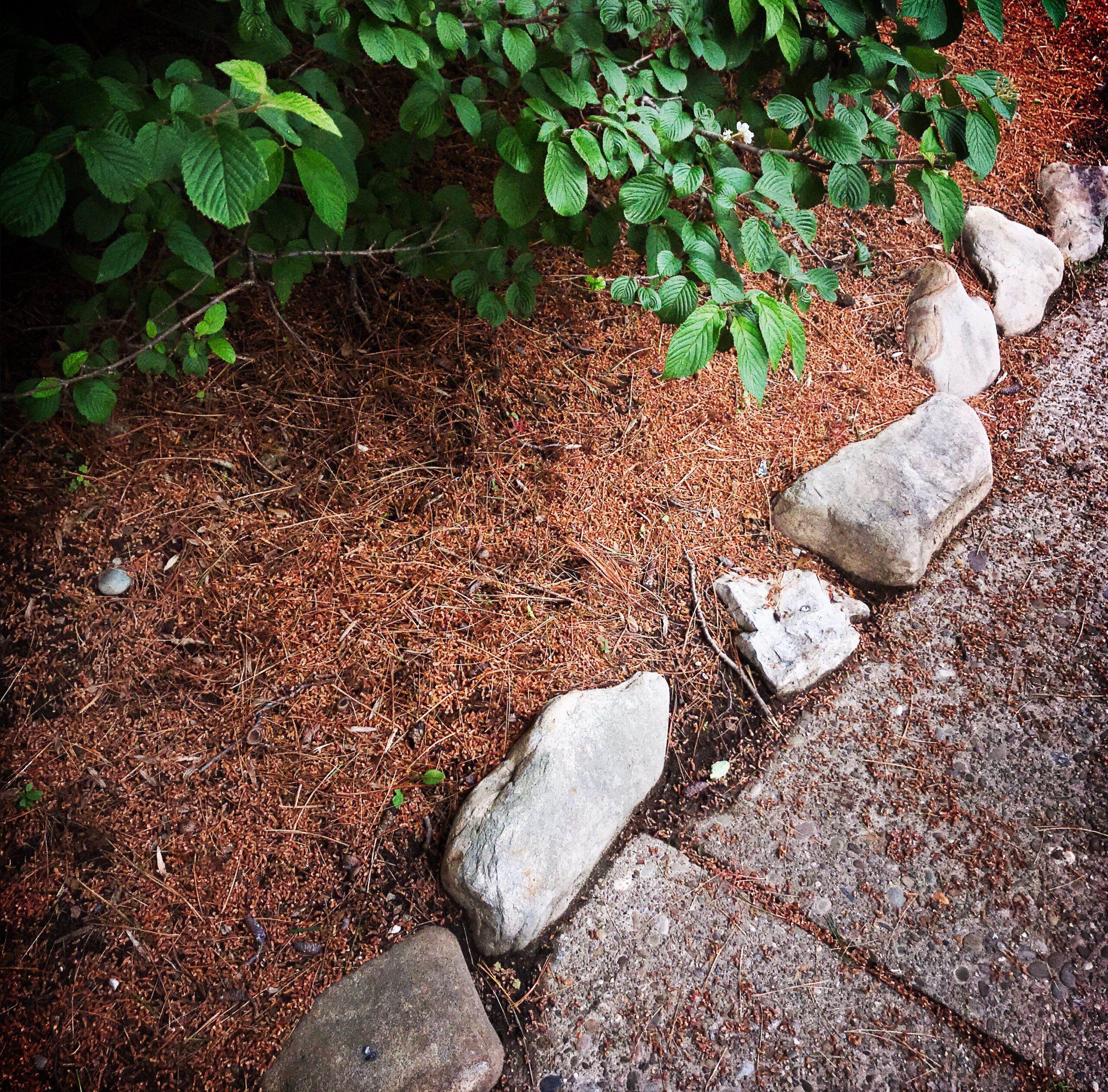
- Bark chips: Bark chips are a durable type of mulch that can last for several years. They are a good choice for mulching around trees and shrubs, as well as around flower beds and vegetable gardens.
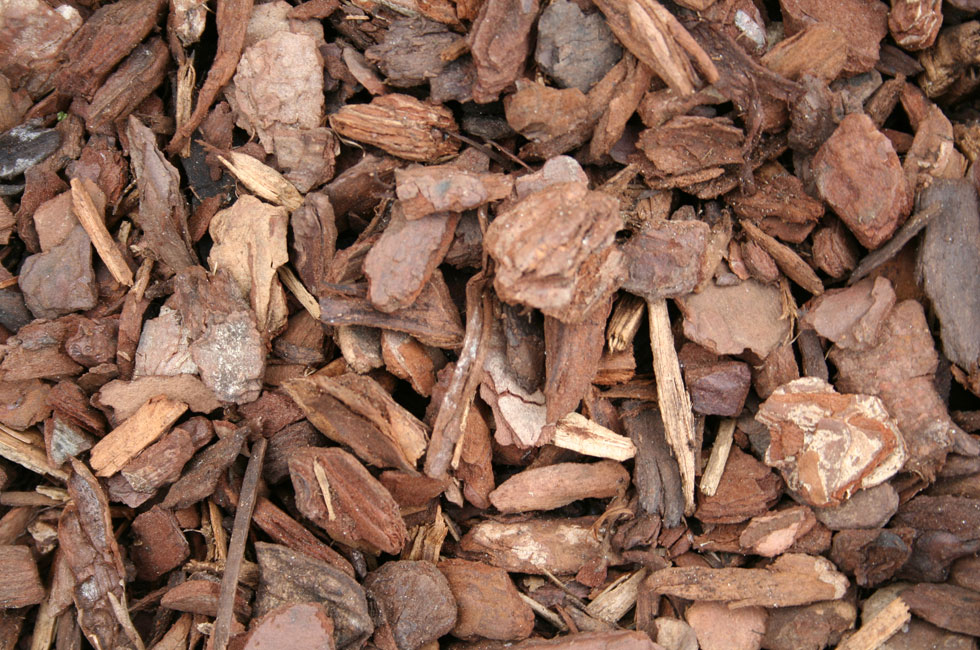
- Shredded leaves: Shredded leaves are a free and easy-to-find type of mulch. They are a good choice for mulching around flower beds and vegetable gardens.
- Compost: Compost is a great way to recycle organic materials and improve the health of your soil. It can be used as a mulch, or it can be mixed into the soil itself.
Amount of Mulch to Use
The amount of mulch you need will depend on the size of the area you are mulching. As a general rule, you will need about 2-3 inches of mulch. However, you may need more or less depending on the type of mulch you are using and the conditions in your yard.
How to Apply Mulch
To apply mulch, first clear the area of weeds and debris. Then, spread the mulch evenly over the area, making sure to leave a few inches of space around plants. Rake the mulch to create a smooth surface.
Tips for Choosing the Right Mulch
When choosing the right type of mulch for your yard, there are a few things to keep in mind:
- The type of plants you have: Some types of mulch are better suited for certain types of plants. For example, pine needles are a good choice for acid-loving plants, while bark chips are a good choice for plants that prefer a neutral or alkaline soil.
- The climate in your area: Some types of mulch are better suited for certain climates. For example, wood chips are a good choice for warm climates, while bark chips are a good choice for cold climates.
- Your personal preferences: Ultimately, the best type of mulch is the one that you like the best and that works best for your yard.
Conclusion:
Mulch is a great way to improve the health and appearance of your lawn and garden. By following the tips in this blog post, you can choose the right type of mulch for your needs and apply it correctly.
If you are looking for more information about suburban lawn and garden mulch, please visit Home Gardening. This website provides a wealth of information on the benefits of mulch, the different types of mulch available, and how to choose the right mulch for your needs. You can also find helpful articles on how to apply mulch, how to maintain mulch, and how to dispose of mulch.
FAQ of suburban lawn and garden mulch
- What are the benefits of using mulch in my lawn and garden?
There are many benefits to using mulch in your lawn and garden. Mulch can help to:
Retain moisture in the soil. This can help to keep your plants healthy and prevent them from drying out.
Suppress weeds. Mulch can create a barrier that makes it difficult for weeds to germinate.
Attract beneficial insects. Mulch can provide a habitat for beneficial insects, such as ladybugs and spiders, which can help to control pests.
Improve soil structure. Mulch can help to break down and improve the structure of the soil, making it more fertile and easier for plants to grow in.
What are the different types of mulch available?
There are many different types of mulch available, each with its own benefits and drawbacks. Some of the most common types of mulch include:
Wood chips. Wood chips are a versatile type of mulch that can be used in a variety of settings. They are relatively inexpensive and easy to find.
Pine needles. Pine needles are a good choice for areas where you want to create a natural look. They are also a good source of nitrogen, which can help to improve soil fertility.
Bark mulch. Bark mulch is a more expensive type of mulch, but it is also more durable. It can last for several years, making it a good investment for your garden.
Coir mulch. Coir mulch is made from coconut fibers and is a sustainable choice. It is also water-retentive, which can help to keep your plants healthy.
How much mulch do I need?
The amount of mulch you need will depend on the size of the area you are mulching. A good rule of thumb is to apply 2-3 inches of mulch.
- How do I install mulch?
To install mulch, you will need to clear the area of weeds and debris. Then, spread the mulch evenly over the area, making sure to leave a 2-3 inch gap around any plants.
- How often do I need to reapply mulch?
You will need to reapply mulch every year or two, as it will eventually break down.
Image of suburban lawn and garden mulch
- Pine bark mulch: A popular choice for mulching around trees and shrubs, pine bark mulch is a natural product that helps to retain moisture and suppress weeds.
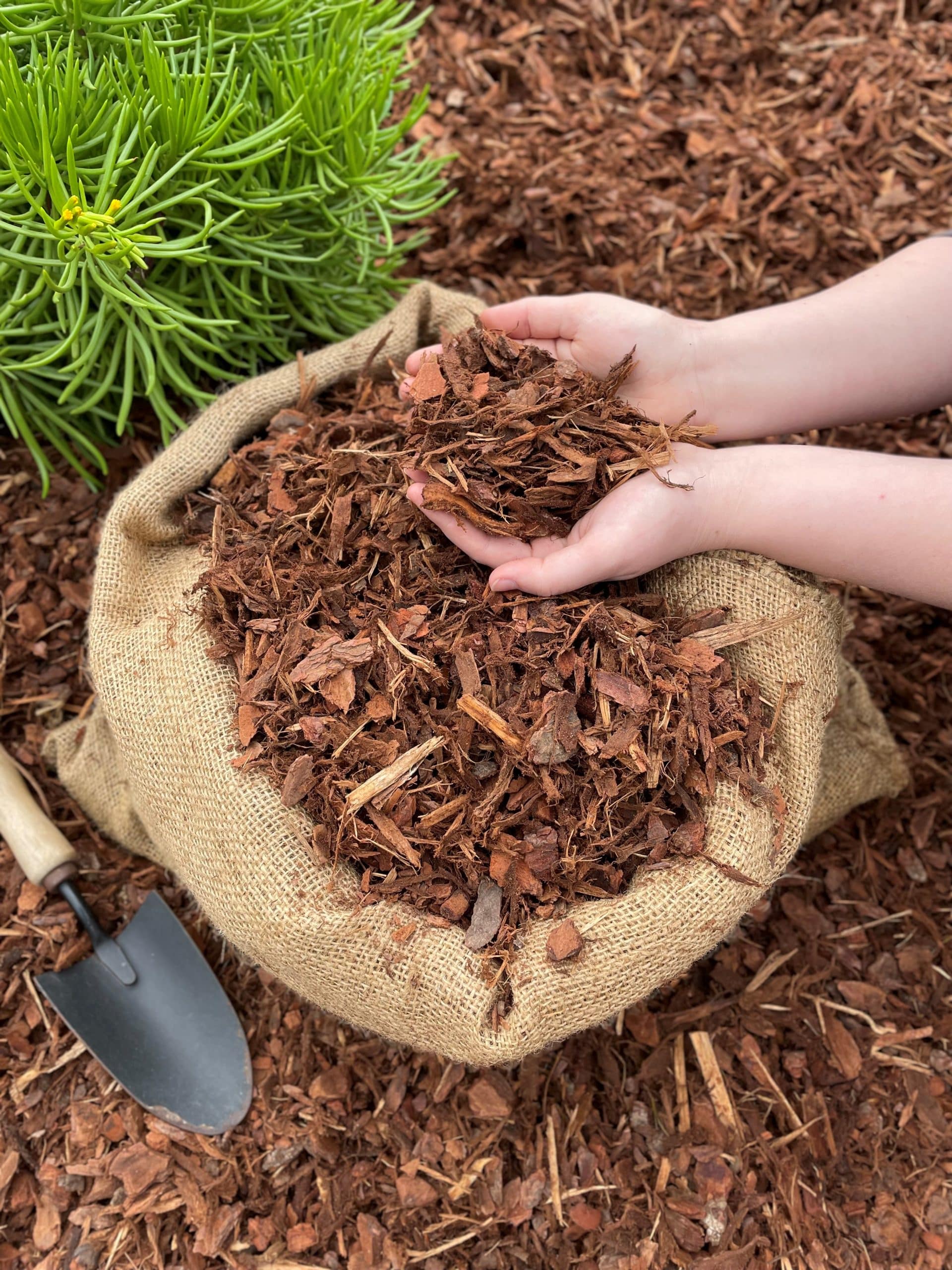
- Wood chip mulch: Another natural option, wood chip mulch is a bit more coarse than pine bark mulch, but it still helps to retain moisture and suppress weeds.

- Cypress mulch: A good choice for areas with sandy soil, cypress mulch is a bit more expensive than other types of mulch, but it is also more durable.
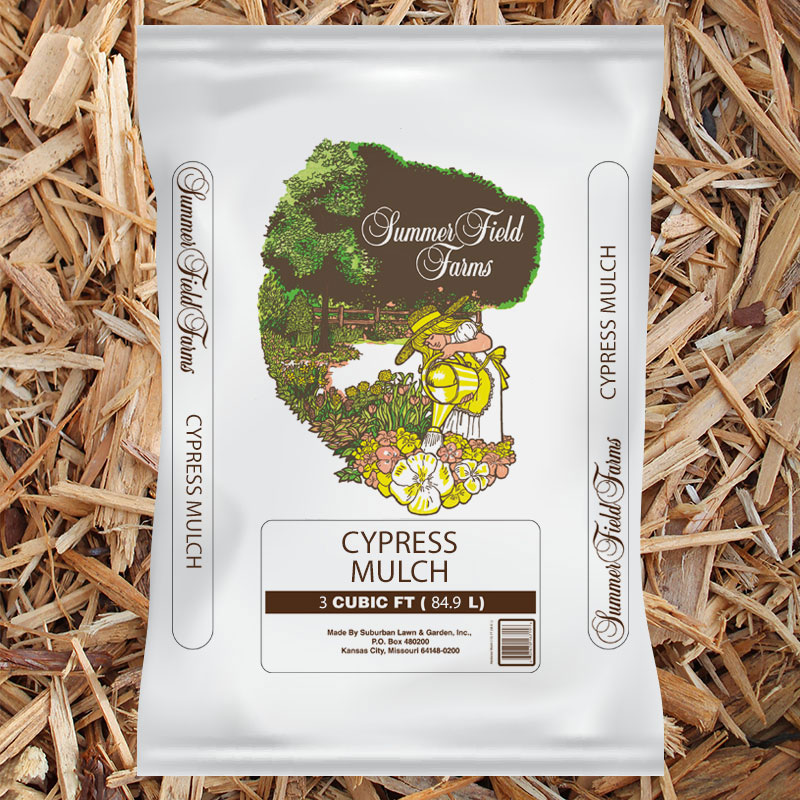
- Oak leaf mulch: A free and easy-to-find option, oak leaf mulch is a good choice for areas with acidic soil.

- Gravel mulch: A good choice for areas with heavy foot traffic, gravel mulch is also a good way to deter pests.

- Rock mulch: A more permanent option than other types of mulch, rock mulch is a good choice for areas that are not frequently watered.
- Seashell mulch: A unique and attractive option, seashell mulch is a good choice for areas with coastal or tropical themes.
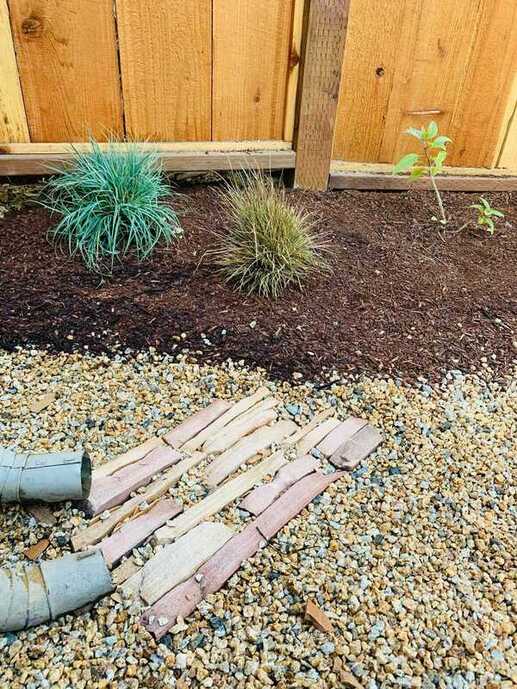
- Pea gravel mulch: A fine-textured option, pea gravel mulch is a good choice for areas where you want to keep weeds out but still allow some light to reach the soil.
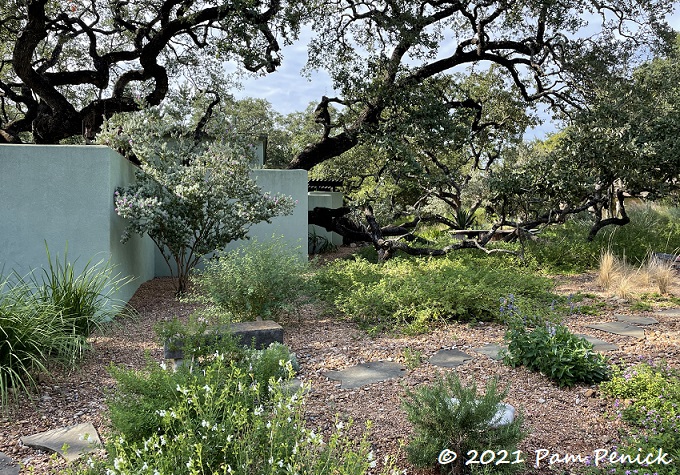
- Black lava rock mulch: A dark-colored option, black lava rock mulch is a good choice for areas where you want to create a dramatic effect.
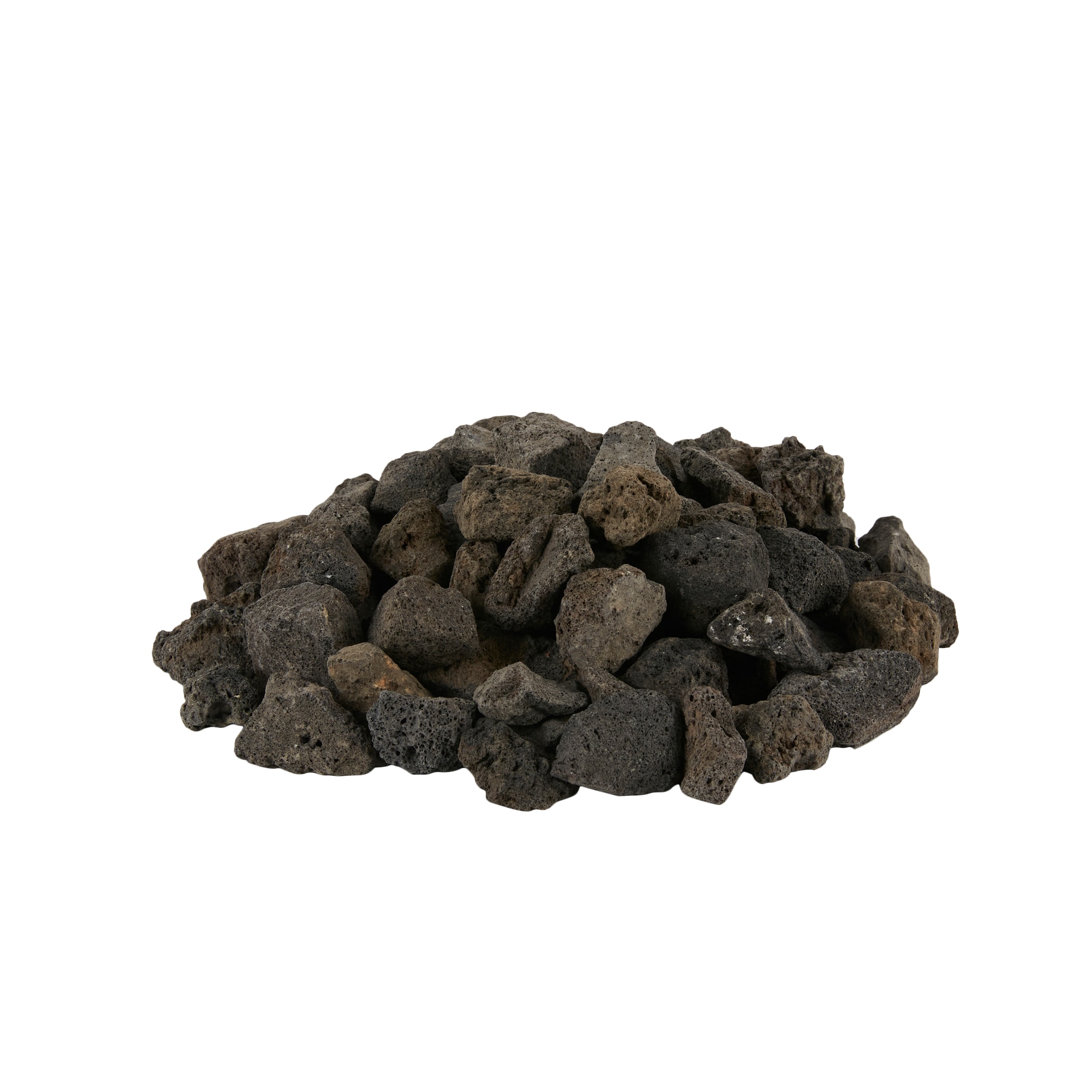
Post a Comment for "Suburban Lawn Garden Mulch: The Ultimate Guide To Choosing The Right Type Amount And Application"